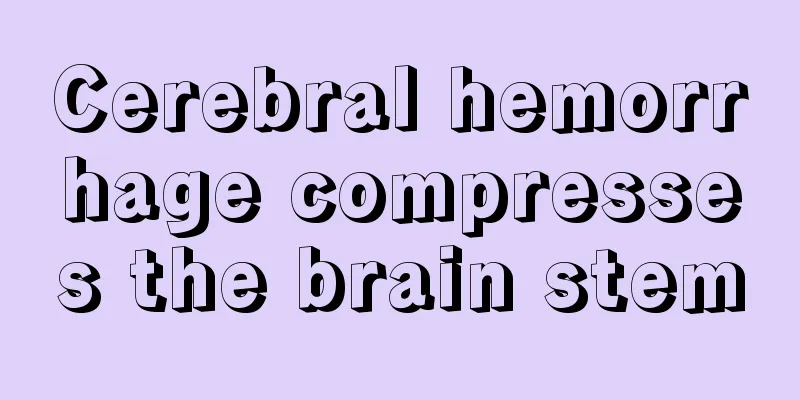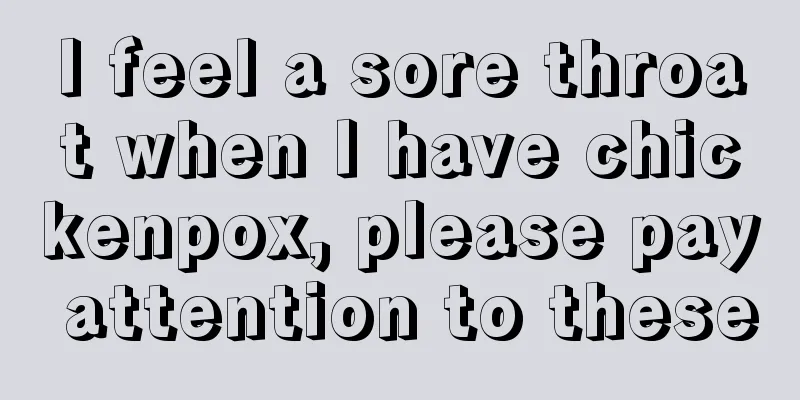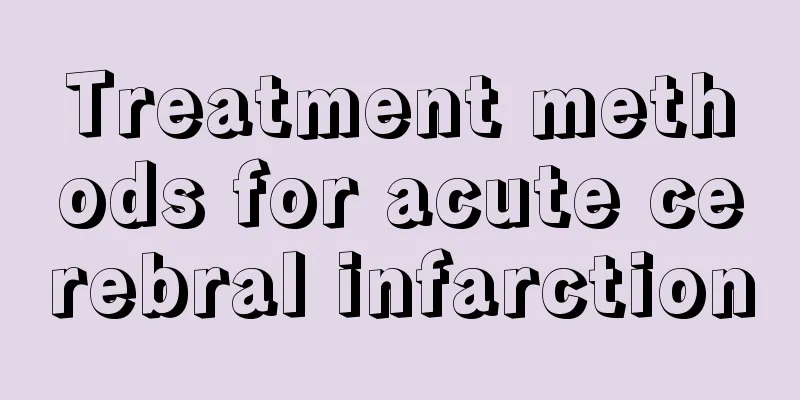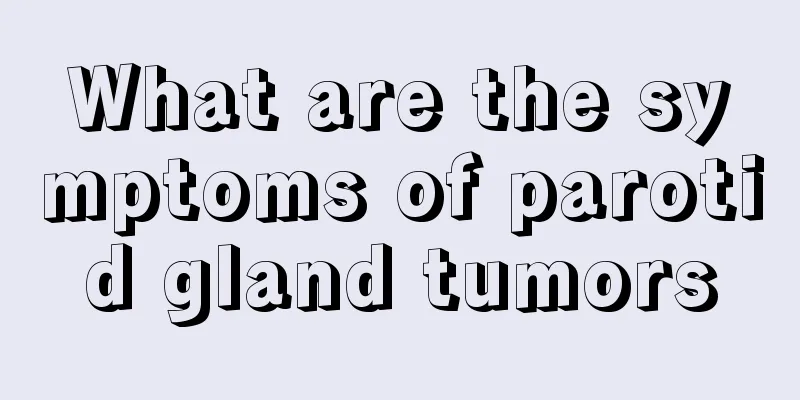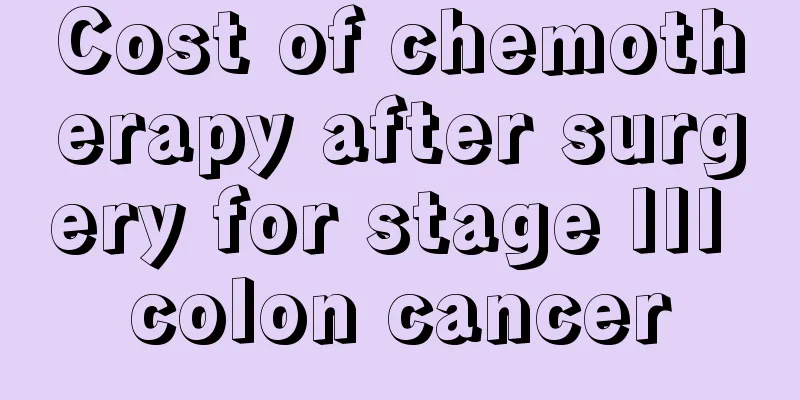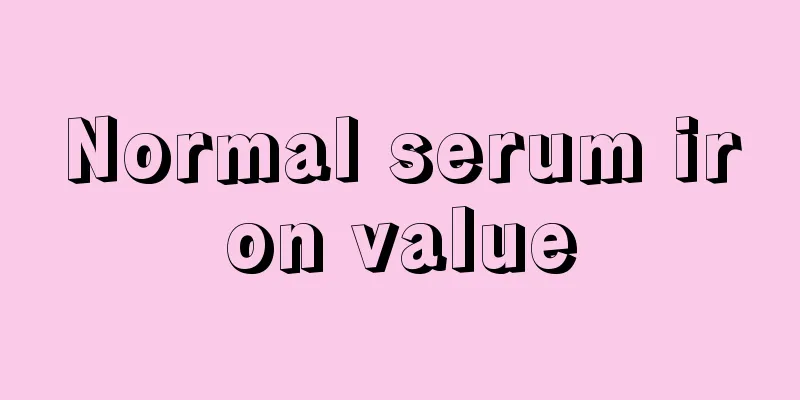Rehabilitation treatment for stroke sequelae, do these to recover faster
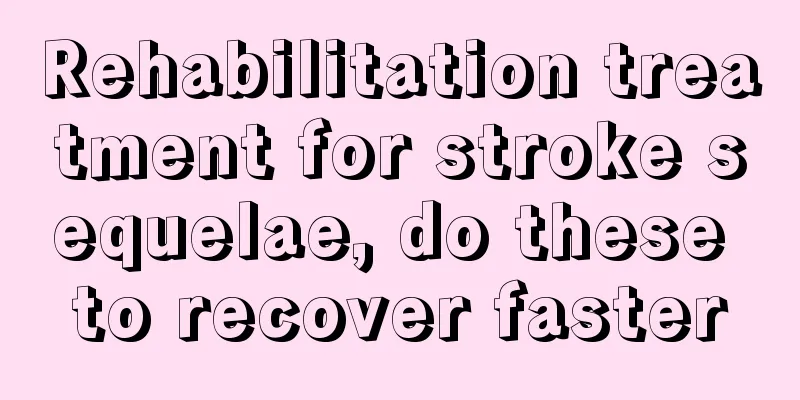
|
Stroke does not mean cerebral infarction. Stroke is a sudden illness. Even if the patient receives timely rescue after the onset of the disease, many bad symptoms may be left. Common symptoms include hemiplegia, crooked mouth, facial paralysis, etc. The sequelae of stroke patients can be treated through acupuncture, massage and other traditional Chinese medicine methods. 1. Acupuncture rehabilitation treatment for hemiplegia caused by stroke should be started as early as possible Most neurological medical experts believe that early rehabilitation treatment can not only promote the recovery of motor function and shorten the rehabilitation period, but also avoid various disuse syndromes. In a sense, this is more important than drugs in preventing joint and muscle contractures of the limbs and recovering paralyzed limbs. Acupuncture is one of the main means of rehabilitation treatment. Carrying out acupuncture treatment in the acute phase of stroke is the key to improving the efficacy. In principle, once the vital signs of acute stroke patients are stable and the disease is no longer progressing, intervention treatment can be started within 48 hours. Therefore, timely acupuncture rehabilitation treatment in the early stages of stroke can prevent the disease from progressing, improve the self-repair and compensation capabilities of the nervous system, accelerate the natural recovery process, shorten the course of the disease, and lay a good foundation for functional recovery. 2. Use moxibustion more often, with moxibustion on back Shu points, Du channel, Qiangqiang points and acupoints on the affected limbs The Du Meridian has the function of controlling the whole body's Yang energy and maintaining the body's vitality, and is known as the "sea of Yang meridians"; the Foot-Taiyang Bladder Meridian is the "member of all Yang" and intersects with the Du Meridian's Qi. Back-Shu points are acupoints on the back through which the vital energy of the internal organs is infused. The human body begins to experience a decline in yang energy when the person is 35 to 40 years old. Clinically, stroke occurs in patients over 40 years old, most commonly around 60 years old. This is the time when the body's Yang Qi is declining and the functions of the internal organs are impaired. After a stroke, the Qi and blood are further damaged, the Yang Qi is deficient, and the functions of the internal organs are declining and disordered. Therefore, selecting the back Shu points for hemiplegia caused by stroke has the effect of invigorating the Yang Qi and promoting the recovery of body functions. The large intestine Shu and bladder Shu points can regulate the functions of the large intestine and bladder and help the excretion of substances in the body; while moxibustion has the effects of invigorating Qi and regulating deficiency, warming the body, dispersing nodules and activating blood circulation. Therefore, in the clinical treatment of stroke patients, especially those who have suffered from stroke for a long time, have Qi and blood deficiency, low organ function, swelling, stiffness, contracture, and numbness of the affected limbs, suspended moxibustion should be used on the Du meridian, the back Shu points of the foot-taiyang meridian, and the strong points such as Dazhui, Guanyuan, Shenque, and Zusanli, as well as suspended moxibustion on the meridian transport points of the affected limbs to warm the Yang and invigorate Qi, regulate the internal organs, warm the meridians and dredge the collaterals, and disperse nodules and relieve urgency. 3. Apply modern rehabilitation theory and combine head and body acupuncture According to traditional Chinese medicine theory, the human body is an organic whole that is connected inside and out through the meridians, which "connect the organs internally and the limbs externally." The location of hemiplegia caused by stroke is in the brain, affecting the meridians and tendons, and is related to many organs. "The head is the meeting point of all yang" and "the residence of intelligence." The brain physiological anatomy of modern medicine also provides a theoretical basis for the application of head acupuncture. According to the principle of central control of the cerebral cortex, acupuncture in the motor and sensory areas on the contralateral side of the hemiplegic limb has a good effect in restoring limb function. |
<<: What are the symptoms of urethral infection?
>>: Be alert to the symptoms of mixed hemorrhoids!
Recommend
Can photochromic glasses protect against ultraviolet rays?
Many people know about photochromic glasses, whic...
Can strawberries be kept fresh in the refrigerator?
Strawberries are very rare fruits, but they are p...
Is the fetal movement of the posterior wall of the placenta not obvious?
When pregnancy reaches a certain period, the fetu...
What does gastric retention mean
Gastric retention actually refers to the accumula...
What are the causes of bile duct cancer
Cholangiocarcinoma is a digestive system disease ...
Can I eat duck intestines if I have skin allergies
Can you eat duck intestines if you have skin alle...
What should I do if I get bitten again after getting the rabies vaccine
When it comes to rabies vaccination, everyone is ...
Hand-warming mouse, the advantages of hand-warming mouse
Many people are familiar with hand-warming mouse....
What to do if paint gets into your eyes
Although we have few opportunities to come into c...
What are some tips for relieving itching from damp bumps?
In daily life, the humidity in the air can easily...
Three factors that induce esophageal cancer
Experts say that the causes of esophageal cancer ...
How to freeze fresh yellow peaches
Peaches are a kind of fruit suitable for people o...
What are the symptoms of nasopharyngeal carcinoma lymph node and lung metastasis and how to prevent it
Nasopharyngeal carcinoma is difficult to treat. O...
What is the cure rate of early bile duct cancer?
Whether bile duct cancer can be completely cured ...
What causes elevated alanine aminotransferase? Teach you three treatment methods
Elevated alanine aminotransferase is a common cli...


